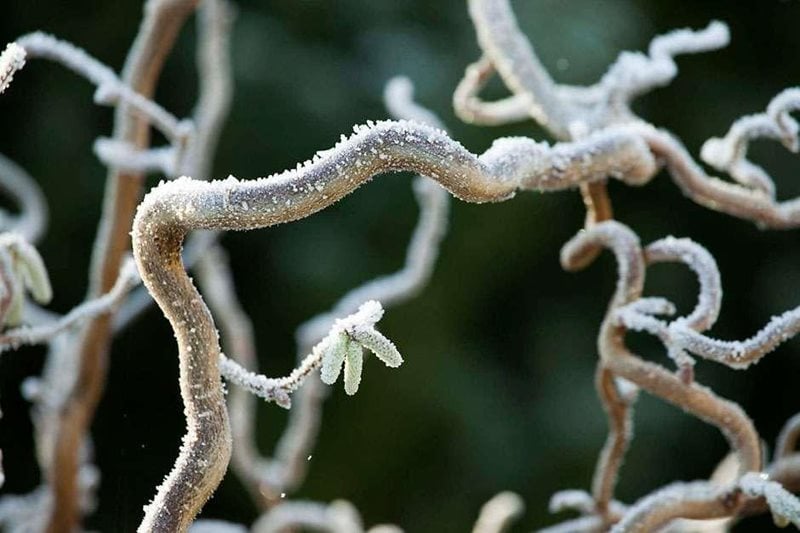EA Bowles was one of the superstars of early 20th-century horticulture. But with fame and fortune came a strange obsession that still shapes gardens today

"When it comes to horticultural superstars, they don’t come any bigger or more brilliant than Edward Augustus Bowles. Born in 1865, at the height of the Victorian era, Bowles, or Gussie as he was known to his friends, drew his first breath in the family home where he was to spend the rest of his days: Myddelton House in Enfield, Middlesex. Here he developed one of the finest gardens in the country and devoted much of the rest of his time to painting, contributing to the social good and writing. His three most famous books – My Garden in Spring, My Garden in Summer and My Garden in Autumn and Winter – are classics of gardening literature.
An aspect of his personality that comes through very clearly in his written works is his love of the bizarre and this enthusiasm had its supreme expression in an area of his garden known as The Lunatic Asylum. Here he grew all the freaks and weirdos of the plant world, the mutants and anomalies with parts missing or hideously developed almost beyond recognition. Among these there exists an unacknowledged champion, the incomparably strange corkscrew hazel, Corylus avellana ‘Contorta’.
The history of this ornamental monstrosity, which was the first plant Bowles had sectioned in his Asylum, is variously reported. The story usually involves an ecclesiastical gentleman, strong drink, a bicycle and a close encounter with a hedgerow. However, for a true version of events, the most reliable source is probably Bowles himself who states that the plant was found by Lord Ducie in a hedge near Tortworth. This would probably be Henry John Reynolds-Moreton, 3rd Earl of Ducie, Liberal Politician and keen plantsman, who created a fine house and garden at Tortworth Court in South Gloucestershire. Bowles then relates that, having been propagated by layering and passed about among some persons of the gardening elite, his plant at Myddelton House was received from his mentor, Canon Henry Nicholson Ellacombe, one of a line of great gardening clerics.
Since then Corylus avellana ‘Contorta’ has grown in popularity and become a fairly common garden plant, to such an extent that it is hard to imagine now what an extraordinary oddity it must have seemed in the years after its discovery. Bowles evokes it as “a collection of various curves and spirals, a tangle of crooks and corkscrews from root to tip” and this is a characteristically vivid and accurate description.
It is fitting that such an absurdly slapstick plant as the corkscrew hazel should find fame on the music hall stage which happened when it was adopted as a theatrical prop by the vaudevillian Harry Lauder earning it another common name, Harry Lauder’s walking stick.
E. A. Bowles died on 7 May 1954, a week before his 89th birthday. Having given so much of his life to the cause of horticulture and served on a number of RHS Committees, the Royal Horticultural Society was eager to commemorate his life in a fitting way. Work was begun on Bowles’s Corner, a small area given over to the cast of misfits and oddballs that had populated the Asylum. Pride of place was given to a specimen of Corylus avellana ‘Contorta’ and a fine plant of it still grows there today among a riot of upright ivies and yellow-fruited stinking iris with a mandrake among its roots.
Bowles was not the only person connected with the story of the corkscrew hazel to make a ripe old age. Its discoverer, Henry Reynolds-Moreton died in 1921 aged 94 while Canon Ellacombe went the way of all flesh on 7 February 1916, 11 days shy of his 95th birthday."

